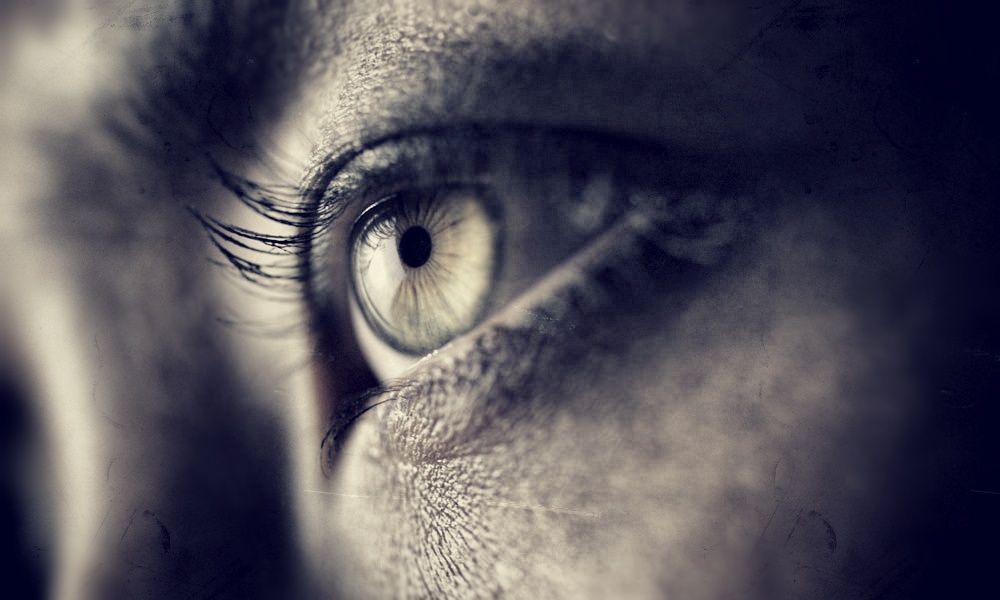
Survey: 70 Percent of Adults Report Digital Eyestrain
New research finds that an overwhelming number of U.S. adults experience digital eyestrain. Perhaps more surprising: Many have never tried to lessen the discomfort or don't know how.
New research finds that an overwhelming number of U.S. adults experience digital eyestrain. Perhaps more surprising: Many have never tried to lessen the discomfort or don’t know how.
Raise a brow. And then blink.
A recent survey released by the Vision Council finds that 70 percent of American adults experience eyestrain while using digital devices, but 41 percent say they don’t know how to, or have never tried to, reduce the discomfort.
“The eye is not equipped to look at digital screens for extended periods of time,” Justin Bazan, the Vision Council’s optometrist and medical adviser, said in a statement. “Focusing on objects at an intermediate distance—like a computer or smartphone—ultimately fatigues the eyes’ focusing system and causes strain. These experiences might be common, but they are not normal.”
The Vision Council, a global organization that represents the optical industry, defines eyestrain as temporary discomfort caused by two or more hours of staring at a digital screen, according to the group’s website. Digital eyestrain symptoms include dry, red, irritated, or fatigued eyes; headaches; and back, neck, or shoulder discomfort.
Feeling a little strain after reading that last paragraph? Try blinking.
Damage, Sight Unseen
We’re surrounded by screens—the Vision Council estimates that 2.35 billion digital devices were shipped globally in 2013—so it makes sense that we’re looking at them constantly. According to the group’s survey [PDF], an online poll of 7,160 people last October, 93 percent of respondents said they spend at least three hours a day looking at a digital screen. Some 32 percent said they spend between six and nine hours a day in front of a screen, while another 28 percent put their use at 10 hours a day or higher.
Likewise, it makes sense that younger adults, who use technology at a higher rate, are affected more: Some 45 percent of adults age 18 to 34 report digital eye soreness, the study states, a higher rate than among older survey subjects. With younger adults more likely to check work emails and text messages outside of the office, according to an American Psychological Association study, their eyes might seldom catch a break.
It’s a digital problem with physical consequences. High-energy visible (HEV) light, better known as blue light, can place heavy stress on the eye for users in front of the screen for two or more hours per day. HEV light’s harmful impact on the retina can yield serious eye disorders, such as cataracts and age-related macular degeneration.
Despite this, the study suggests that 63 percent of U.S. adults are unaware of HEV’s damaging effects.
Steps You Can Take
The Vision Council offers a number of suggestions to protect the eye from strain and more serious problems related to heavy screen use. Among its recommendations:
The 20-20-20 rule: Take a 20-second break every 20 minutes of screen time and focus on something 20 feet away. The free Mac application Dejal Time Out and the PC program Workrave can remind you when it’s time to take a break.
Bigger is better: Increase your computer’s text size and browser windows to make text easier to see.
Lights on: Make sure your computer station and screen are well lit.
Blink: It helps water the eyes and reduce dryness.
Ultimately, fighting digital burnout—eyestrain included—can significantly benefit your physical health and work productivity. It’s something to keep an eye on.
(iStock/Thinkstock)






Comments